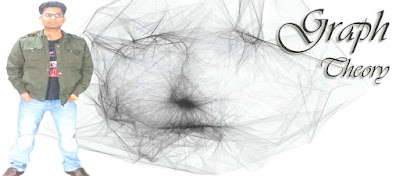Line Configuration
A network is a combination of more than one devices which connect from some medium (wire , wireless) called channel line configuration refer physical communication channel access method . Three types of access method are follows..
- Point to Point
- Multi Point
Point to Point
Communication line is not shared in point to point line configuration. A separate link used to connect each device in network. Advantage of point to point line configure is no congestion. Highly and sophisticate security implementation is possible.
The entire capacity of the channel is reserved for transmission between those two devices. Most point-to-point line configurations use an actual length of wire or cable to connect the two ends, but other options, such as microwave or satellite links, are also possible.
Multipoint
Multipoint (Multidrop line configuration) Communication link is shared between all connected nodes from the network. Two types of multipoint line configuration are follows
Spatial Sharing: If several devices can share the link simultaneously, its called Spatially shared line configuration
Temporal (Time) Sharing: If users must take turns using the link , then its called Temporally shared or Time Shared Line Configuration








